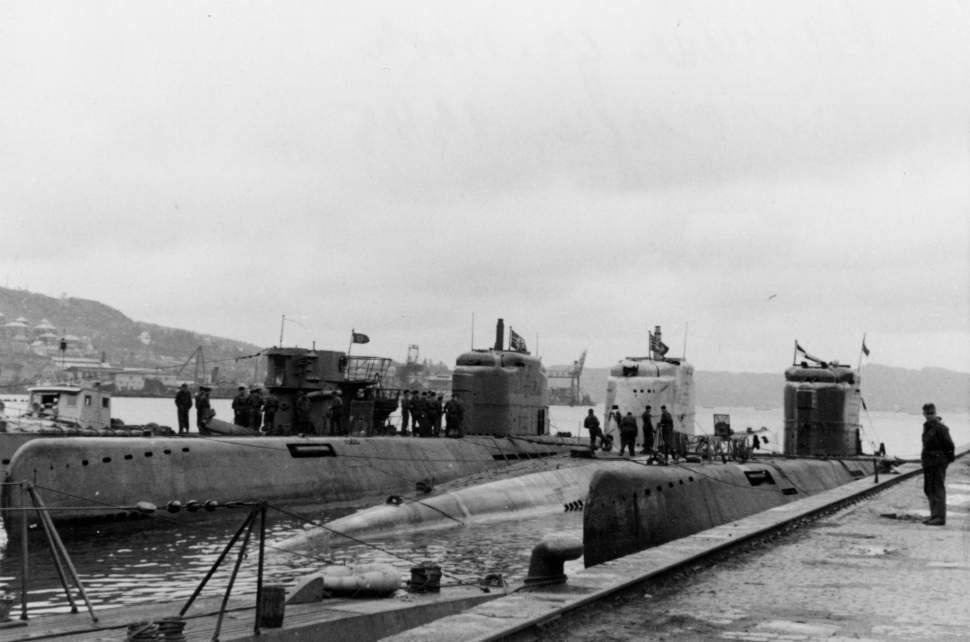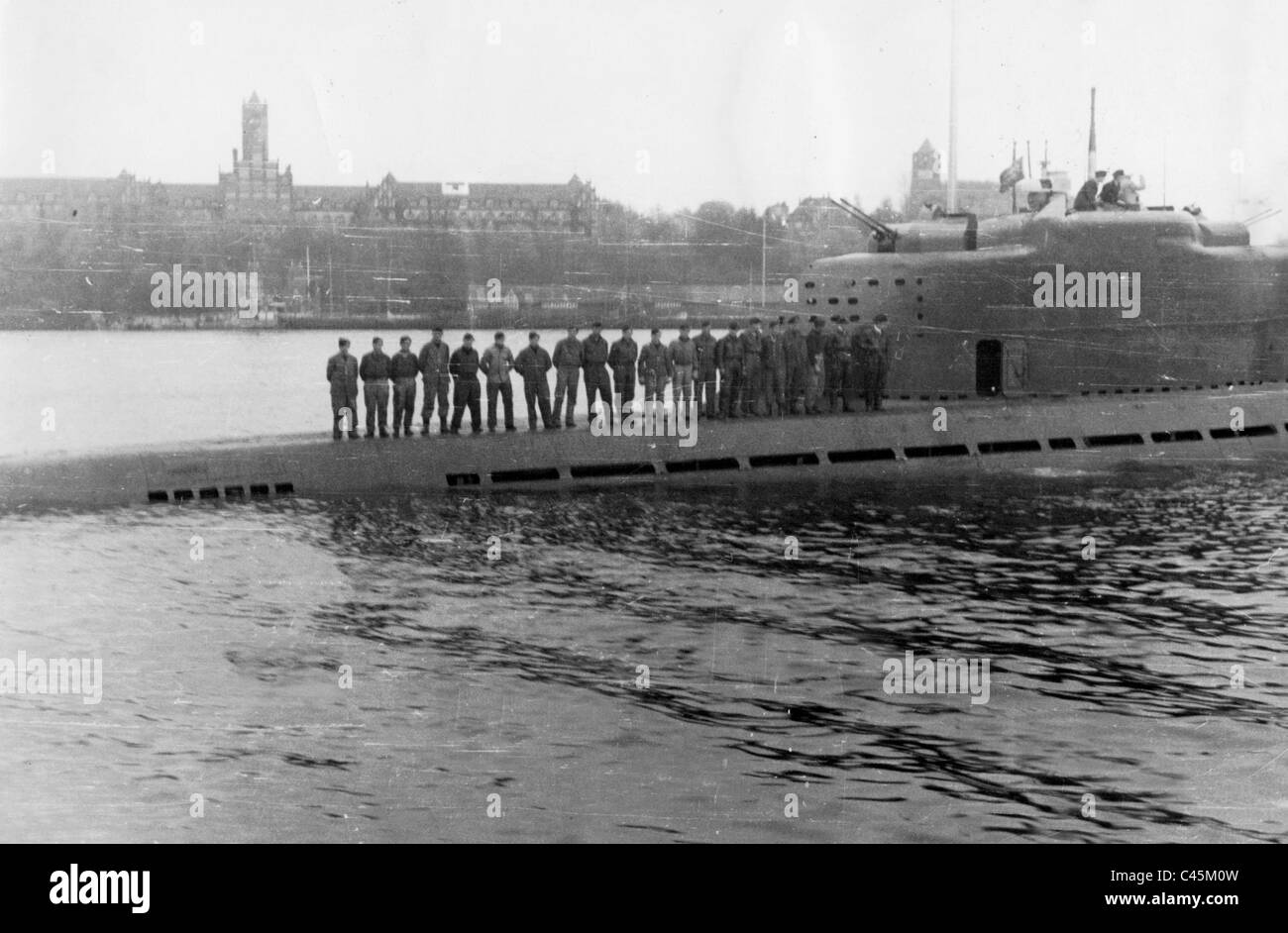

Over the years the institution has located some 450 wrecks in the North Sea and Skagerrak straits, including nine German-made U-boats and three British submarines. This isn’t the first sub the Sea War Museum Jutland has found. Especially when you consider that the depth and position of the wreck would make it extremely difficult to explore.

#TYPE XXI U BOOT FULL#
So will we be able to open the ship up and see if it's full of gold or Nazi high-rollers? Dvorsky reports that since it is considered a war grave, signs point to no. At the end of the war the captain of U-977 fled to Argentina where he and his crew were captured. While there’s no evidence U-3523 made it to South America, at least one Nazi sub did.

According to the press release, the sub was likely missed by previous searchers because of its depth and because it was nine nautical miles west of the position reported by the bomber crew in 1945. That fueled rumors that continue to this day that the U-3523 escaped to Argentina carrying Nazi gold, high-ranking officials, Hitler himself or a combination of the three. After the war, both the United States and Soviet Union based submarine designs on the type XXI and the later type XXIII, using those ships until the 1980s.ĭvorsky reports that, though the submarine was sunk, its wreckage was never located. The sub had two conventional diesel engine but also four battery-powered electric motors, allowing it to stay quietly submerged for days at a time. It was designed by the Hellmuth Walter, the same engineer who designed the engines for the first and only operational rocket-powered combat aircraft. “Only two of the 118 that were ordered actually entered service.”ĭavid Grossman at Popular Mechanics reports that the type XXI, which was nicknamed Elektroboote, German for electric boat, was a marvel of engineering. “This was the most modern submarine the Germans built during the ,” director of the Sea War Museum Jutland, Gert Normann Andersen told a Danish outlet, as Brandon Specktor at LiveScience translated. On May 6, 1945, just two days after Nazi troops in Denmark and the Netherlands surrendered, the fleeing sub was located by a British Liberator bomber, which dropped depth charges, sinking the submarine and killing 58 crew and any additional passengers who may have been onboard. U-3523 was designed to run quietly to avoid detection and, most importantly, it may have been capable of crossing the ocean from Europe to South America underwater. The ship sits under 404 feet of water with its nose buried in the seabed and its tail facing upward at about a 45 degree angle. Some researchers have speculated that the wreck could have been used to transport valuables and even high-ranking Nazis to South America in the waning days of the war.Īccording to a press release, the submarine was located by the research ship Viña, which was scanning the seabed near the town of Skagen when the unmistakable profile of the submarine appeared on its sonar. As George Dvorsky at Gizmodo reports, U-3523 was a type XXI U-boat, the Third Reich’s most advanced long-range submarine. Earlier this month, searchers from the Sea War Museum Jutland in Denmark located a little-known but very important shipwreck from World War II in Skagerrak, the strait between Denmark and Norway.


 0 kommentar(er)
0 kommentar(er)
